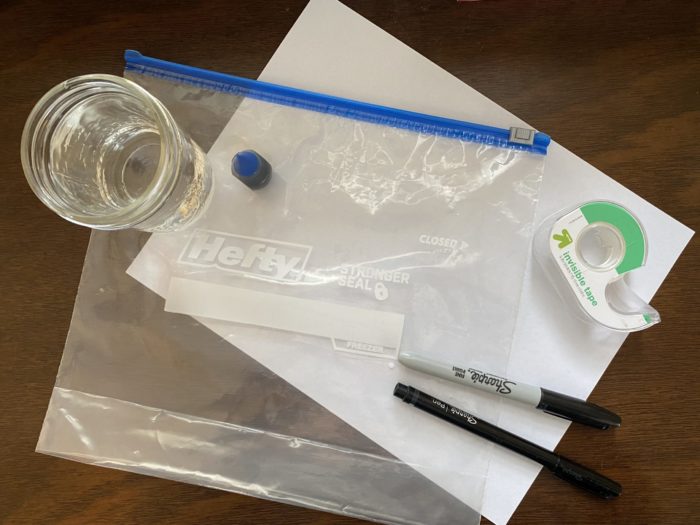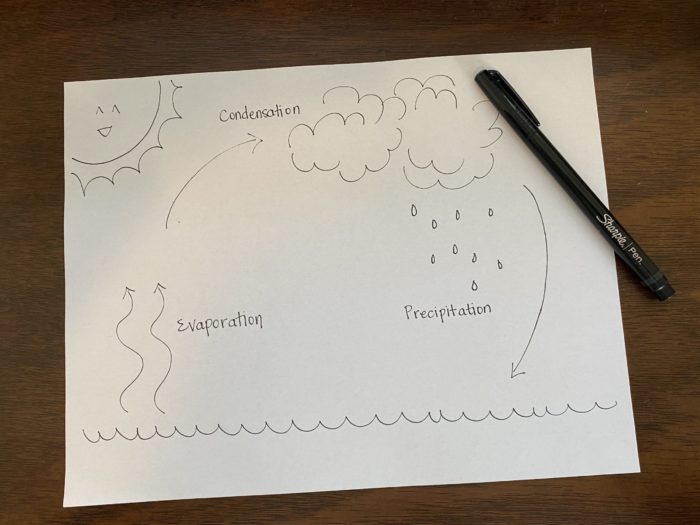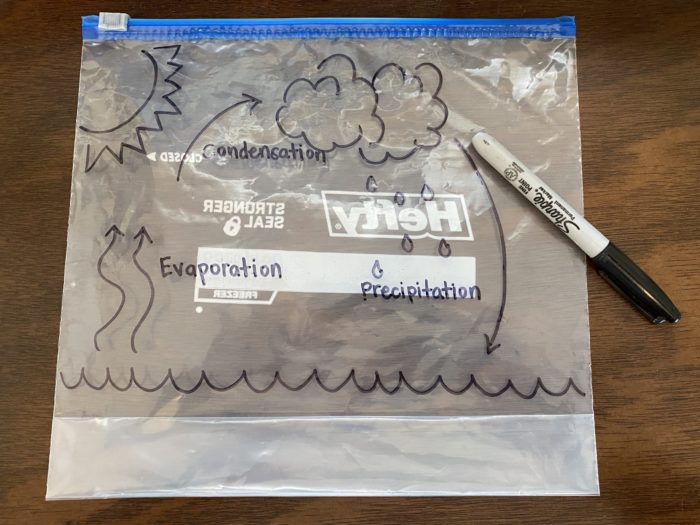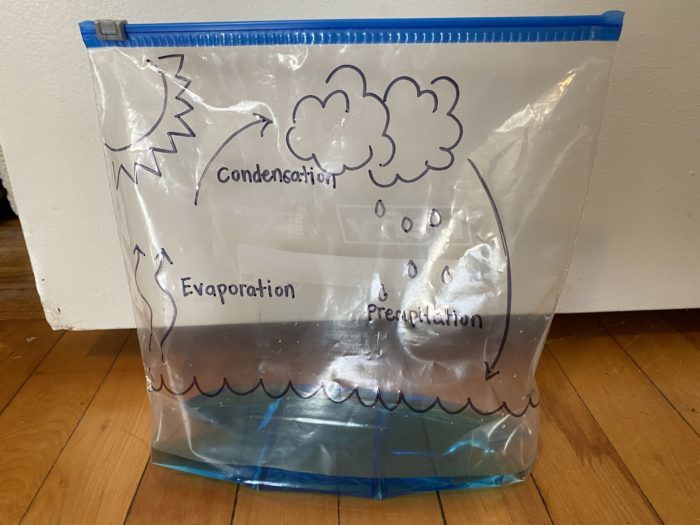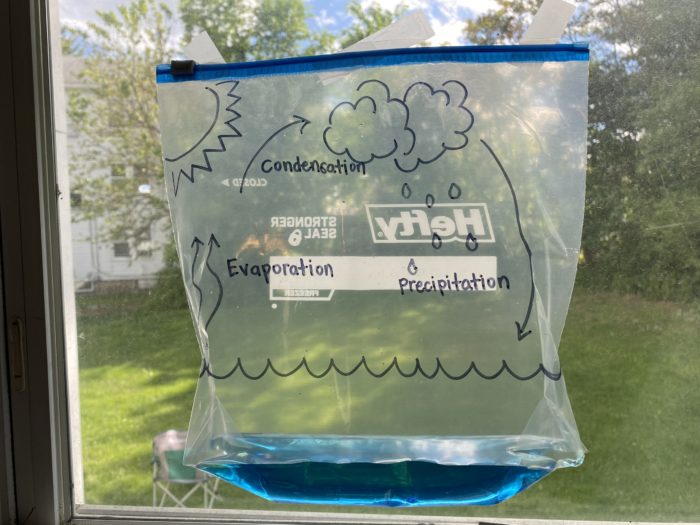
Marissa Gallant
Youth Education Manager
Water is essential for all life on earth – from microscopic algae to giant blue whales. We use water every day in so many different ways including drinking, washing, cooking, and playing. Make a list of all the ways you have used water today and read on and tune in to learn more about the wonderful world of water that supports the millions of species of plants and animals on planet earth.
Water, Water, Everywhere
Water can be found everywhere. In fact, most of our planet is covered in water. Take a look at a picture of the earth from space; how much water do you see? Water covers 71% of the planet and can be found in lakes, rivers, streams, glaciers, and even underground, but the majority is found in our oceans – only a small percentage is fresh, drinkable water. Of all the water on earth 96.5% of it is found in the oceans. Only 3.5% of the earth’s water supply is fresh, and out of that less than 1% is available for us to use and drink. Most of the earth’s fresh water supply is frozen as solid water in ice caps, permanent snow cover, and glaciers.
The States of Water
Water is made up of molecules. Molecules are made up of even smaller particles called atoms. Each water molecule is made up of two atoms of hydrogen and one atom of oxygen. Adding or taking away heat energy from these molecules allows them to change between the three states of matter – solid, liquid, and gas. Water is so unique because it exists naturally on planet earth in all three states of matter. Adding heat energy will cause solid water to change to a liquid then a gas. Taking away heat energy will cause water to change from a gas to a liquid to a solid. Try experimenting with the states of water. Put liquid water in the freezer or try putting an ice cube outside on a sunny day. Observe what happens and time how long it takes water to change between each state.
The Water Cycle
Water is constantly cycling around the planet – between lakes, rivers, oceans, the atmosphere, and the land. In fact, the water you use to brush your teeth is the very same water that was around at the time of the dinosaurs. Water cannot be created or destroyed, it simply moves around the planet and changes states in a process called the water cycle. The heat energy from the sun causes liquid water in the oceans, rivers, lakes, and streams to warm up. The liquid water changes to a gas called water vapor and makes its way up into the atmosphere in a process called evaporation. Once in the atmosphere, the water vapor chills and changes states again – from a gas back to a liquid – and collects to form clouds. This is called condensation. Once the clouds are full of liquid water, the water escapes from the clouds in the form of hail, sleet, snow, or rain. This is called precipitation. The water collects back in rivers, streams, plants and animals, or the oceans, and the whole process begins again!
Tune in below to learn more about the water cycle and the states of matter and get some ideas for simple water experiments you can try at home
Next join Youth Education Manager, Marissa Gallant on an adventure to find water in its different forms and explore how it affects life both large and small. What states of water will we be able to find?
Learn more about the water cycle and watch evaporation, condensation, and precipitation in action by creating your own miniature water cycle in a bag.
You will need:
- Ziploc bag
- Sharpie
- Water
- Food coloring
- Tape
- Scrap paper
- Pencil
Gather your supplies and begin by sketching out the water cycle on your piece of scrap paper. Practice writing the words evaporation, condensation and precipitation.
Next, copy your water cycle diagram on to your Ziploc bag.
Add about two inches of water into your Ziploc bag and add one or two drops of food coloring.
Hang your water cycle in a bag in a sunny window. Check back in on your experiment throughout the day and write down your observations.
Write a story from a raindrop’s point of view explaining its journey through the water cycle.

